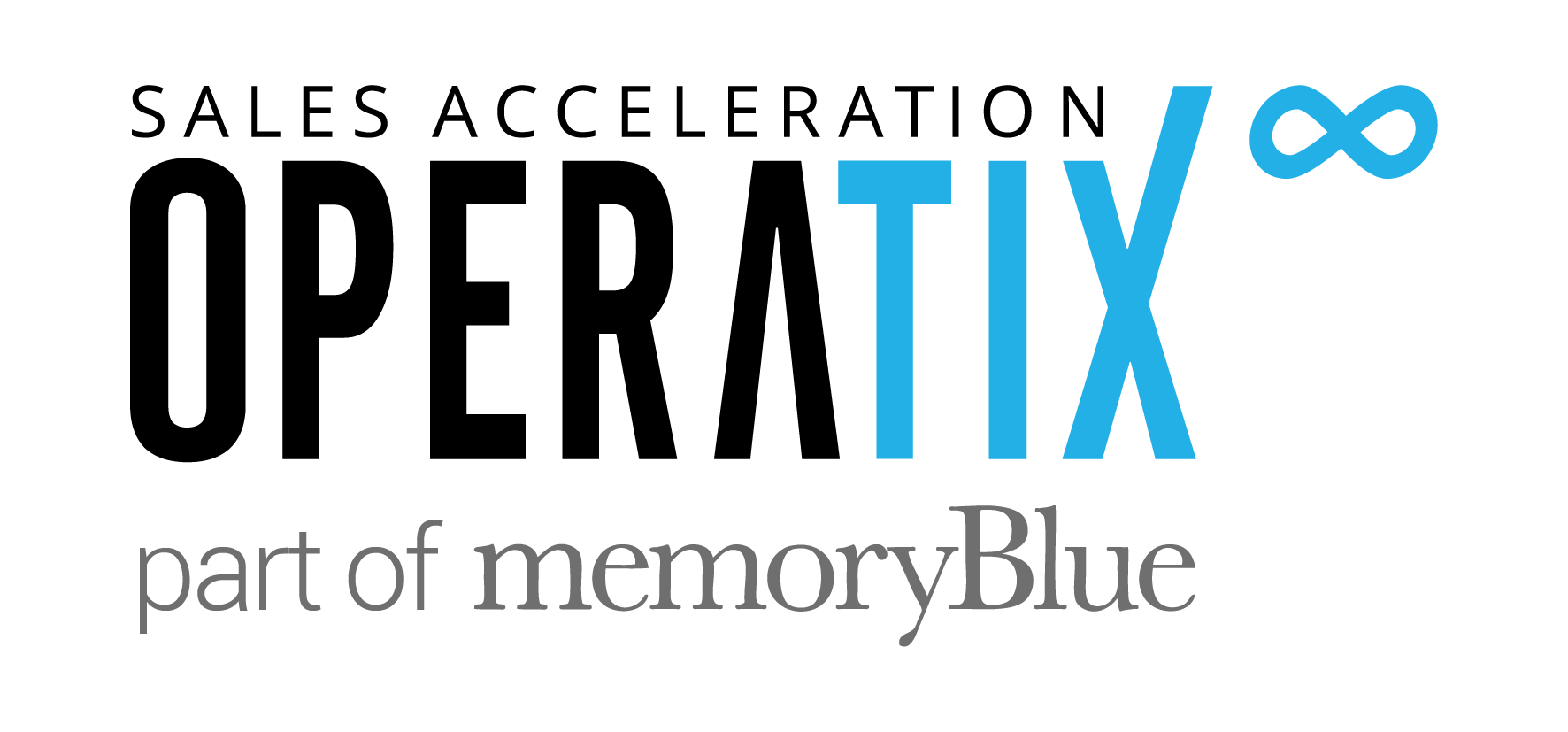ABM has been around for a while now.
But many companies are still struggling to implement an ABM program successfully.
Leanne Chescoe came on the latest episode of the B2B Revenue Acceleration podcast to talk about how to successfully implement an ABM initiative, focusing on how to operationalize ABM with intent data.
Leanne is a career long B2B marketer, but currently works as the Senior Manager Field Marketing EMEA at Demandbase.
Here’s what she had to say.
1: What a Successful ABM Company Looks Like


ABM is all about identifying the accounts that will matter most.
Leanne Chescoe
Suppose you’re testing an ABM campaign with your current customers. In this case, your objective might be to increase your retention rates, your net promoter score, and overall customer satisfaction.
A lot of companies start here, piloting an ABM program with their current customers. From an ABM stand point, this means increasing communication and making it more personalized. For example, if there’s a renewal coming up, work with your customer success team and make sure that client is set up for success.
But don’t just contact them right before the renewal. Keep up regular cadence with your customers. Think about hosting a dinner and drinks event for your current customers throughout the year or consider inviting them to VIP events. However you choose to do it, the goal is to make sure they’re happy all year round.
From a prospect perspective, it’s really about engaging them at the right time in the buyer journey. You can use intent data to do that, which we’ll talk about that a little later on.
2: Overcoming a Common Challenge: Achieving Alignment
Getting your departments aligned is a common challenge companies face.
Fortunately, there’s a couple of key steps you can take to ensure your ABM program will be successful. It all comes down to making sure you’re setting the right expectations.
Start by simplifying your approach. You want to be able to connect your target accounts to revenue. ABM is all about marketing to the accounts that have the highest propensity to buy. It’s about identifying the accounts that will matter most.
Next, you need to know who’s on your team. You leadership alliance team, or whatever you’d like to call it, needs to be made up of several different functions, not just sales and marketing (even though they will definitely be on that team).
Operations should be on the team to make sure you’ve got the right tech in place or to ensure your existing tech will be able to report on an account level. Having representation from your customer success team is also key, especially if you want to pilot your program with your current customers. Of course, you’ll need your finance team to help you figure out how many accounts you need to pursue based on your close rates.
Out of all these functions, the sales team is generally the most difficult to get on board. There could be several reasons for this. Perhaps a salesperson has been involved in an ABM program before and hasn’t had a good experience. Another possibility? Salespeople have historically been driven by volume of leads. In ABM you’ll have fewer total leads, but the leads you are getting will be more qualified. They’ll also be showing buying signals, so there’s a much higher chance of actually closing the deal.
You’ll get the most naysayers from your sales team, so to combat that, pick the sales team members that are most bought in to ABM. Consider doing a pilot program with those folks. Once you start seeing success, since sales people are naturally very competitive, others will want a piece of that pie as well.
3: Operationalizing Intent Data


There’s lots of different kinds of successes. It depends on what is the overall objective of your ABM program.
Leanne Chescoe
As the marketing team, work with sales to look at intent data. Check to see if your target accounts are showing buying signals. Intent data can also help surface additional accounts that weren’t on the target list, but that meet your ideal customer profile.
Next, make sure the intent data is actionable. Suppose you see that your target accounts aren’t even visiting your website. Consider putting those targets into an account based advertizing campaign. You want to target the high intent users with relevant messaging that will hit them at the right stage in the buying cycle, and will be delivered to them in contextually relevant places.
Once you get them back to the website, make sure the experience is really personalized to them. You may have a ton of great industry specific content, but if people have to search for that when they get to the website, they’ll get frustrated.
So, use intent data alongside IP recognition technology to create a personalized experience. For example, if you have a financial services company coming to your website, make sure they’re greeted with financial services messaging, maybe a white paper or a case study related to their need. Providing a better experience for that account is more likely to get them to that form fill stage.
Ultimately, it’s about identifying the right accounts that are showing intent signals. Then it’s about engaging them with content that’s relevant to them and making sure you’ve got those multi-touch points throughout that sales cycle.
This post is based on a B2B Revenue Acceleration podcast with Leanne Chescoe. To hear this episode, and many more like it, you can subscribe to The B2B Revenue Acceleration Podcast.




